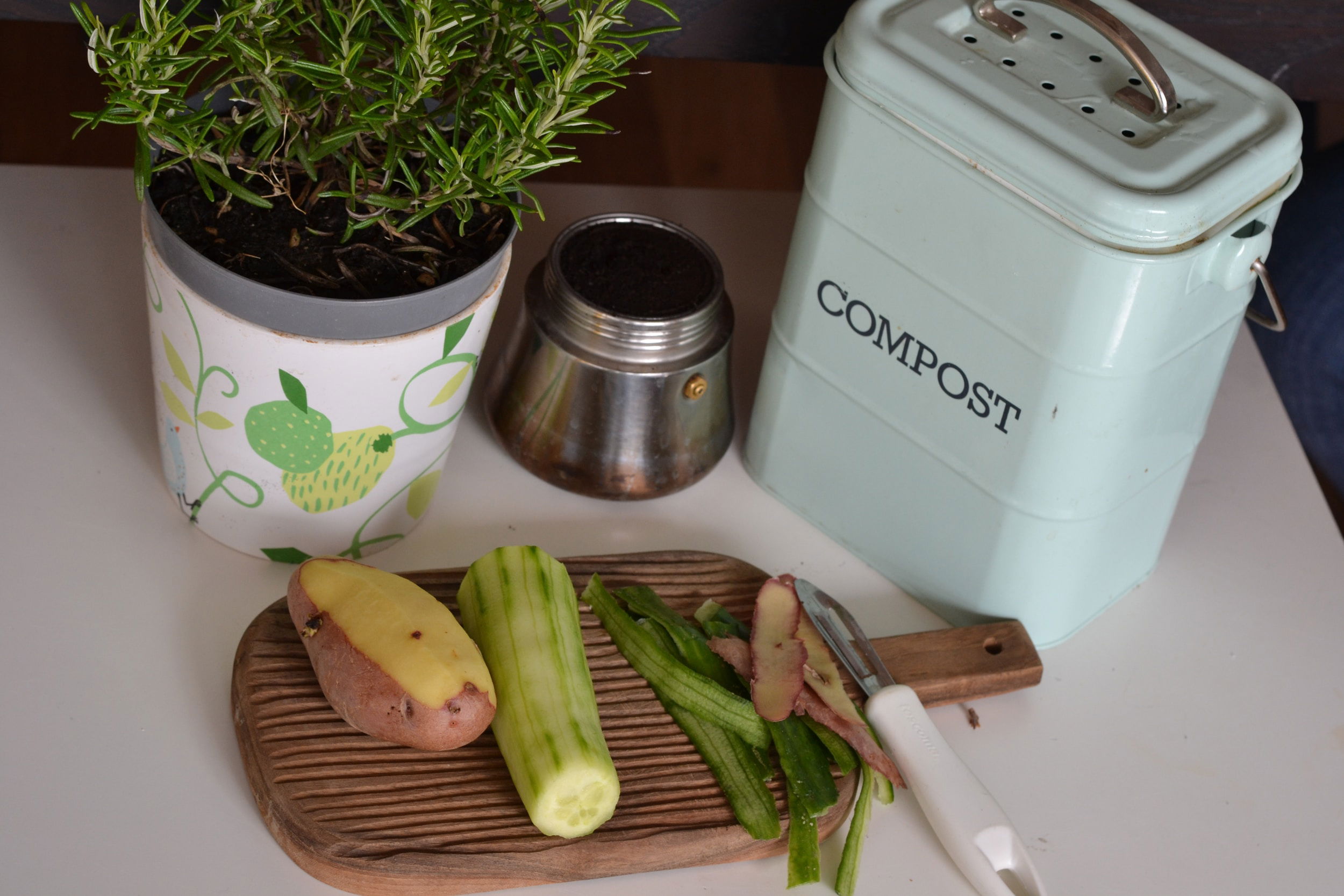Green Living 101: Sustainable Habits for a Better Planet
In an era of environmental challenges, adopting eco-friendly living practices is not just a choice; it's an essential responsibility. Sustainable habits not only reduce our individual carbon footprint but also contribute to a healthier planet for future generations. In this article, we'll explore the concept of eco-friendly living and provide practical tips for incorporating sustainable practices into your daily life.

Understanding Eco-Friendly Living
Eco-friendly living, often referred to as "green living" or "sustainable living," is a lifestyle that prioritizes reducing environmental impact and conserving natural resources. The primary goals of eco-friendly living are:
- Reducing Carbon Footprint: A carbon footprint is the total amount of greenhouse gases, primarily carbon dioxide (CO2), emitted due to human activities. Eco-friendly living aims to minimize this footprint to combat climate change.
- Conserving Resources: Sustainable living emphasizes the responsible use and preservation of resources like water, energy, and natural habitats.
- Reducing Waste: Eco-friendly practices aim to minimize waste generation and promote recycling and upcycling.
- Promoting Biodiversity: Preserving ecosystems and wildlife habitats is integral to eco-friendly living, as healthy biodiversity is essential for the planet's well-being.
Practical Tips for Eco-Friendly Living
1. Reduce, Reuse, Recycle
- Reduce Consumption: Start by assessing your needs versus wants. Opt for high-quality, durable products over disposable ones. Buy in bulk to reduce packaging waste.
- Reuse: Get creative with repurposing items. Old jars can become storage containers, and clothing can be upcycled or donated.
- Recycle: Learn about your local recycling program and make a conscious effort to recycle paper, cardboard, glass, plastic, and aluminum.
2. Conserve Energy
- Switch to LEDs: Replace incandescent bulbs with energy-efficient LED or CFL bulbs, which consume significantly less electricity.
- Unplug Devices: Unplug chargers and electronic devices when not in use to prevent "phantom" energy consumption.
- Install a Programmable Thermostat: Regulate heating and cooling to minimize energy use when you're not at home.
3. Save Water
- Fix Leaks: Repair dripping faucets and running toilets promptly to prevent water wastage.
- Install Low-Flow Fixtures: Low-flow showerheads and faucets can significantly reduce water consumption without sacrificing water pressure.
- Collect Rainwater: Use rain barrels to collect rainwater for outdoor watering.
4. Reduce Single-Use Plastics
- Use Reusable Bags: Bring reusable shopping bags to reduce the use of plastic bags.
- Avoid Disposable Utensils: Carry a reusable set of utensils, a water bottle, and a coffee cup to reduce single-use plastic waste.
- Choose Alternatives: Opt for products with minimal packaging or packaging made from sustainable materials.
5. Eat Sustainably
- Buy Local and Seasonal: Support local farmers and reduce the carbon footprint of your food by choosing seasonal, locally grown produce.
- Reduce Meat Consumption: Consider incorporating more plant-based meals into your diet to reduce the environmental impact of meat production.
- Reduce Food Waste: Plan meals, store food properly, and compost organic waste to minimize food waste.
6. Use Eco-Friendly Transportation
- Carpool and Use Public Transit: Share rides with others and use public transportation whenever possible to reduce emissions.
- Bike or Walk: Choose human-powered transportation for short trips to reduce your carbon footprint.
- Consider Electric or Hybrid Vehicles: If feasible, opt for electric or hybrid vehicles that produce fewer emissions.
7. Support Renewable Energy
- Install Solar Panels: If practical, consider installing solar panels on your home to generate clean, renewable energy.
- Choose Green Energy Providers: Many utility companies offer green energy options sourced from renewable sources like wind and solar power.
8. Reduce Your Meat and Dairy Consumption
- The meat and dairy industry is a significant contributor to greenhouse gas emissions and deforestation. Reducing your consumption of these products can have a positive environmental impact.
9. Plant a Garden
- Planting a garden, whether it's a small vegetable patch or a native plant garden, can promote biodiversity and reduce the need for chemical pesticides.
10. Support Conservation Organizations
- Donate to and support organizations dedicated to environmental conservation and protection.

Conclusion
Eco-friendly living is not about making drastic, overnight changes; it's about adopting sustainable habits and gradually incorporating them into your daily life. Every small action you take to reduce waste, conserve resources, and minimize your carbon footprint contributes to a better, more sustainable planet. By embracing eco-friendly living, you become part of a global movement to protect the environment and ensure a brighter future for all living creatures.
Resources for Eco-Friendly Living
For more information and guidance on eco-friendly living, you can explore the following resources: